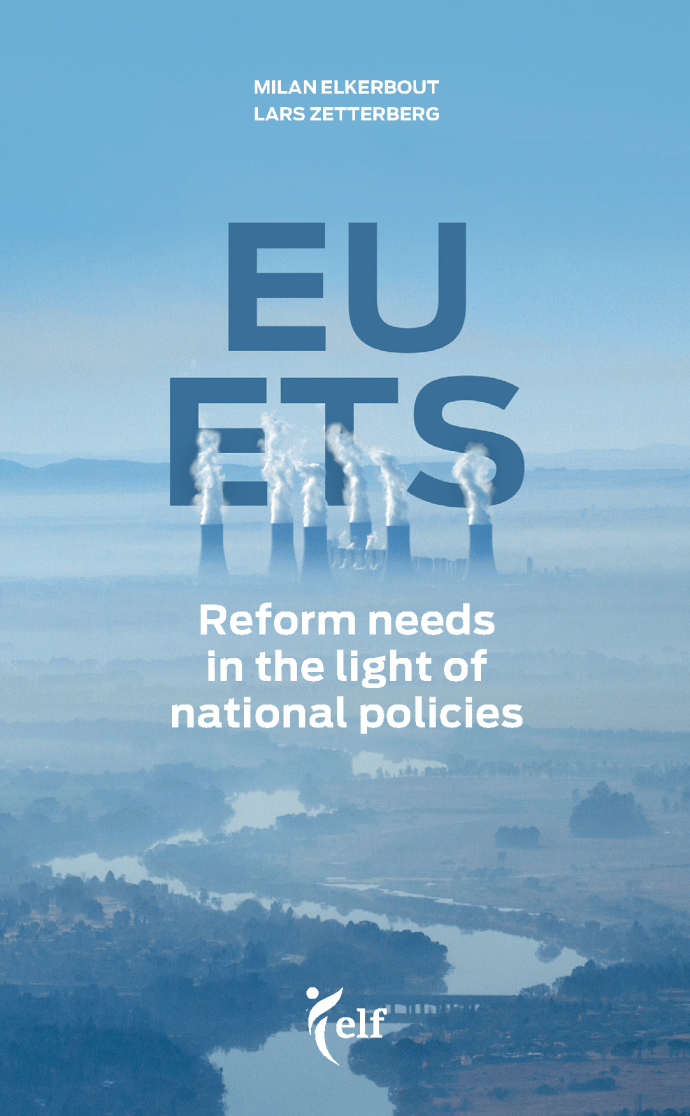ISBN: 978-91-87379-80-2
Year: 2020
Authors: Milan Elkerbout and Lars Zetterberg
Editor: Ruben Henriksson
The EU signed the Paris Agreement in 2016, which aims to ensure that global warming is kept well below 2 degrees Celsius. But even before the Paris Agreement was signed, the EU had several policies in place to combat climate change. The EU Emis-sions Trading System (EU ETS) is often described as the cornerstone of EU’s climate policy. An emis-sions-trading system is a market-based instrument that can be used to reduce greenhouse gas (GHG) emissions, and currently there are around 20 ETSs operating across five continents. Regions using emissions trading make up almost 40 per cent of global wealth (GDP). The EU ETS puts a limit on the amount of emissions that can be emitted within the scheme, often referred to as a cap. The cap is reduced every year, until it eventually reaches zero emissions. With the current rules, the EU ETS cap will reach zero in 2058. Within this cap of emissions allowed, companies can buy and sell emissions allowances as needed. This is called a ‘cap-and-trade’ system. The EU ETS system covers the whole of the EU plus the UK, Iceland, Liechtenstein and Norway.
In 2019 the European Council decided that EU’s GHG emissions should reach net zero by 2050 and be negative thereafter. The EU Commission has proposed to cut GHG emissions by at least 55 per cent by 2030 and will present detailed legislative proposals to achieve this target by June 2021. This necessitates a strengthening of the EU ETS ambition and a re-examining of the relative reduction efforts of the ETS and non-ETS sectors. For the 2030 target and the EU ETS this could lead to an increase in the linear reduction factor, set at 2.2 per cent from 2021.

